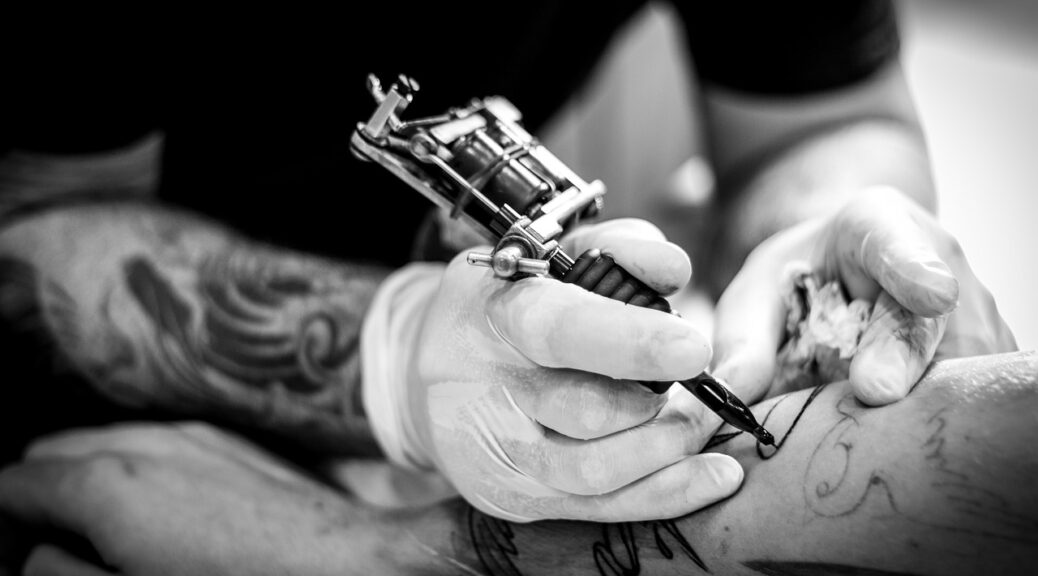Family Determinants of Sun-Safe Behaviors in Hispanic Children
Melanoma is common, particularly among Non-Hispanic Whites (NHW). However, Hispanics are diagnosed at more advanced stages compared to NHW prompting the need for more research into Hispanic sun protection practices.
Sarah Davila, Klein Buendel collaborator and student from Claremont Graduate University, recently presented findings on family determinants of child sun protection from the Sun Safe Schools project at the virtual 2020 American Public Health Association conference. Family determinants of child sun protection have seldom been tested among Hispanics. The team hypothesized that parent sun protection behavior, perceived risk for skin cancer, skin-phenotype, and purchase of sun protection products, along with child skin-phenotype and interaction of child skin-phenotype with child ethnicity would associate with child sun protection behavior and child sunburn. To test this, parents of elementary school-aged children completed self-report surveys and a multilevel analysis was conducted with Hispanic and NHW parents nested within schools and nested within districts.
Parent sun protection behavior, number of sun-safe items purchased, and child skin-phenotype were all positively associated with child sun protection behavior, while parent perceived risk was negatively associated. The interaction of child skin-phenotype with child ethnicity was significant, indicating no difference at Type 1 skin-phenotype, but greater protective behavior for Hispanics relative to NHW for subsequent skin-phenotypes. Parent perceived risk and child skin-phenotype were also positively associated with child sunburn. Overall, the results suggest a need for parent modeling and environmental controls to increase sun protection behavior in Hispanic children.
This research was funded by a grant from the Eunice Kennedy Shriver National Institute of Child Health and Human Development at the National Institutes of Health (HD074416; Dr. Kim Reynolds and Dr. David Buller, Multiple Principal Investigators). Other authors included Dr. Richard Meenan from the Kaiser Permanente Center for Health Research in Portland, Oregon; Dr. Jeff Ashley from Sun Safety for Kids in Los Angeles, California; Kim Massie previously from Claremont Graduate University; and Julia Berteletti, Mary Buller, and Lucia Liu from Klein Buendel.





